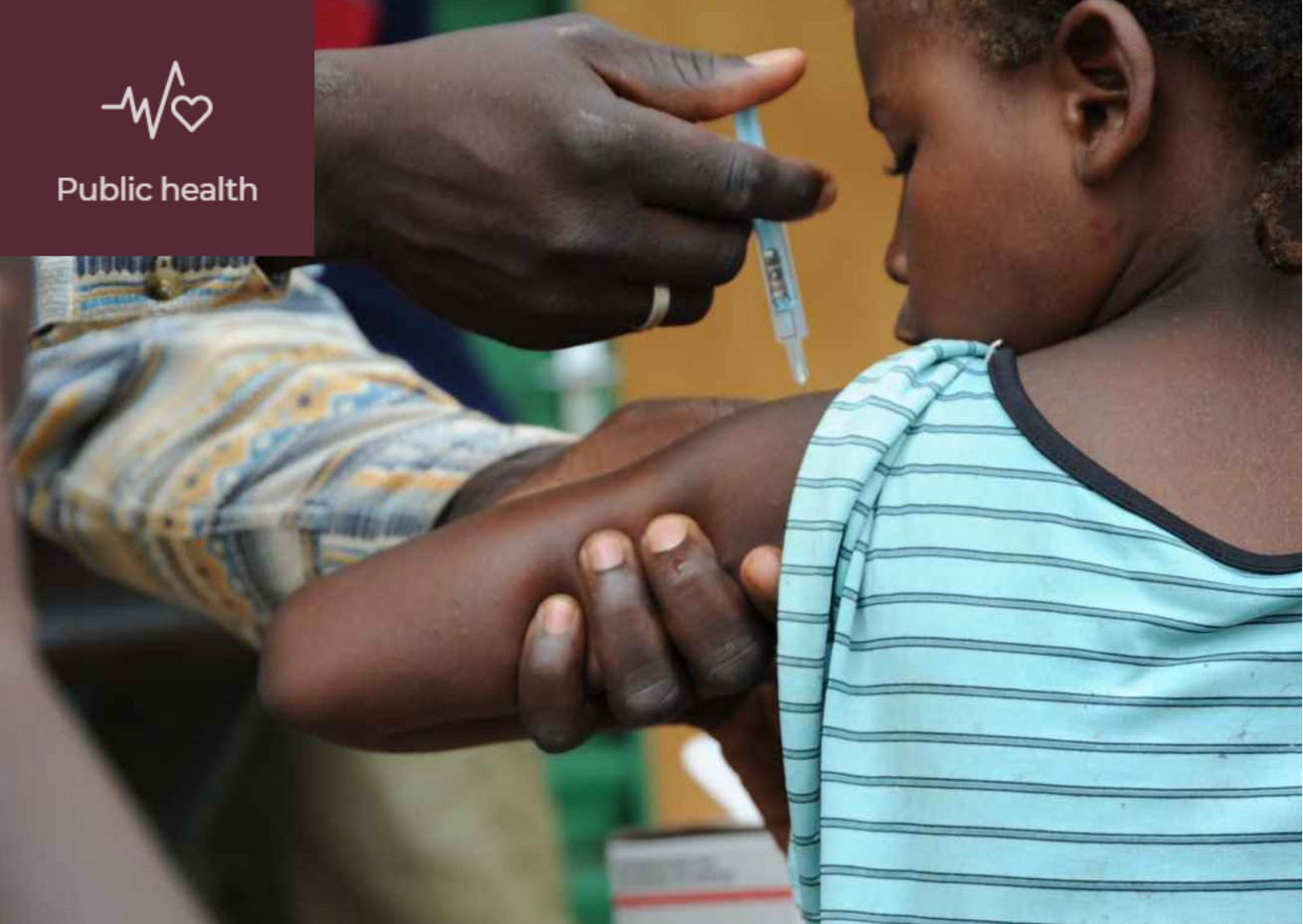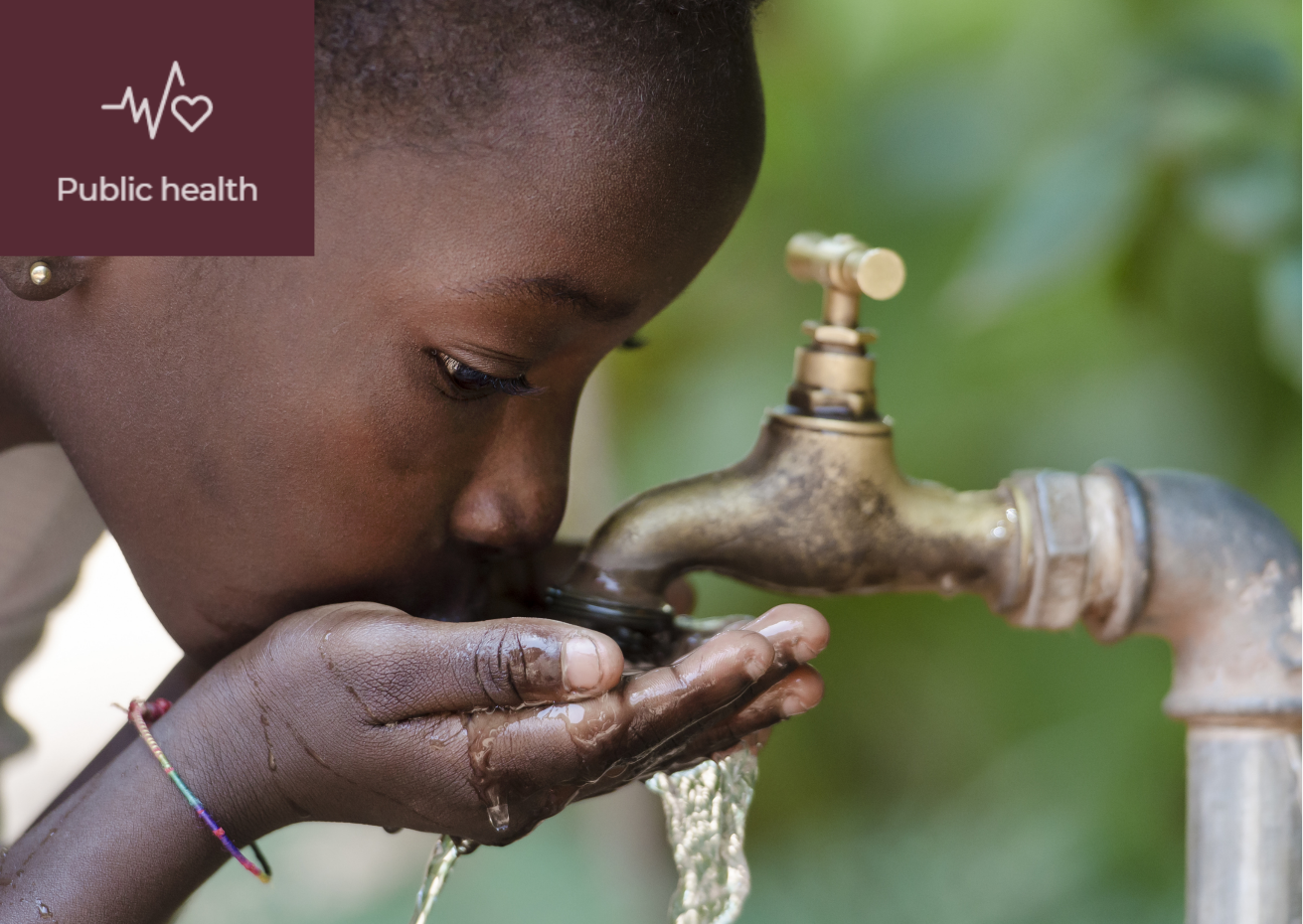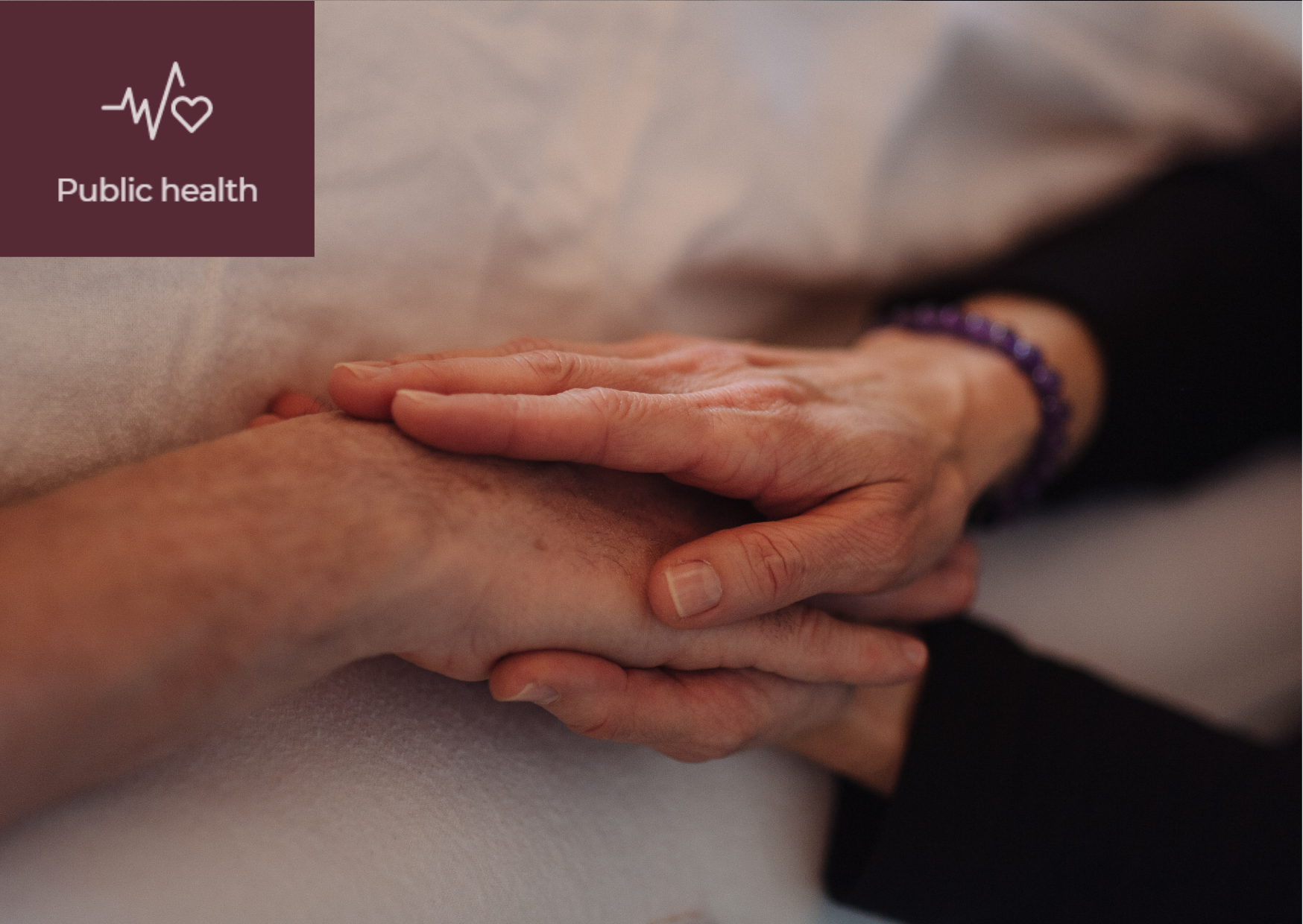What is Maternal Health?
Maternal Health refers to the health issues experienced by women from pregnancy through childbirth and beyond. This article explores the global status, challenges, and improvement strategies for Maternal Health, a critical topic in achieving gender equality.―
Q: What is Maternal Health?
―
A: Maternal Health encompasses the range of health-related issues women face during pregnancy, childbirth, and the postnatal period. It includes not just physical health but also mental and social well-being.
Healthy pregnancies and childbirths have a significant impact on families and society at large, making Maternal Health a vital issue for creating peaceful communities.It is also crucial for achieving gender equality. Improved access to maternal health services enhances the quality of life for women and facilitates their economic independence. However, many countries still fall short in providing adequate health care for women.Curious about the global status of gender equality?Check out the following article!↓↓↓Time to reach gender equality: 132 years―
Childbirth Turning Fatal!
―In May 2020, amid the global COVID-19 pandemic, reproductive health services in Yemen, Africa, faced funding depletion.Mariam, a Yemeni war widow and mother of four daughters, was receiving prenatal care at the Bani Shamakh medical center supported by the United Nations Population Fund. However, due to the funding crisis and the departure of her doctor, Mariam died from excessive bleeding during childbirth.There's another woman, Zainab, from Yemen. She gave birth to her daughter during the pandemic. Planned to deliver at a hospital, she had to give birth at home after her obstetrician left. Zainab also succumbed to excessive bleeding during childbirth.It's not just women in war zones. Globally, approximately 290,000 mothers die each year.―
Global Maternal Health Status
―Let's look at the global status of maternal health. According to a United Nations report tracking maternal deaths from 2000 to 2020, approximately 287,000 maternal deaths occurred worldwide in 2020. This is a shockingly high number.
● Stagnation or Increase in Maternal Mortality Rates
Between 2016 and 2020, only 31 countries saw a decrease in maternal mortality rates. Progress stalled in 133 countries, and 17 saw an increase.
● Africa Faces the Gravest Situation
Maternal deaths are concentrated in the poorest and most conflict-ridden regions globally. In 2020, about 70% of all maternal deaths occurred in Sub-Saharan Africa. The risk of dying during pregnancy or childbirth in Sub-Saharan Africa is 130 times higher than in Europe or North America.Particularly, in the nine countries with the highest Fragile States Index in 2020, the maternal mortality rate was 551 per 100,000 live births, twice the global average of 223.
● Higher Mortality Rates Among Black Mothers in Developed Countries
There's also a racial disparity in developed countries. For instance, in the United States, Black women are nearly three times more likely to die during childbirth than non-Hispanic white women.In Brooklyn, USA, in 2020, a 26-year-old Black woman died during childbirth. She suffered a heart attack during an emergency cesarean section.Even in 2017, Shalon Irving, a Black public health professional and Johns Hopkins University graduate, died from hypertension complications after giving birth. Despite her expertise in the health field, she did not receive adequate care for her childbirth complications.These cases highlight that maternal health issues extend beyond medical problems, closely tied to social and economic factors.―
Q. What are the Factors Threatening Maternal Health?
―A. There are several factors that jeopardize maternal health:
▲ Lack of adequate medical facilities and professionals
▲ Challenges in obtaining proper nutrition during pregnancy
▲ Lack of awareness about pregnancy-related complications
According to a UN report, many women are not receiving essential maternal services. One-third of pregnant women worldwide fail to receive even four of the eight recommended antenatal check-ups, and 270 million women lack access to modern family planning.Teen mothers are also at high risk. Annually, an estimated 5.6 million abortions occur among adolescent girls, with nearly 4 million being unsafe.Pandemics like COVID-19, increasing poverty, and humanitarian crises add strain to health systems. Particularly in conflict zones and some African countries, issues such as decreased funding for maternal and neonatal health and lack of necessary medical facilities are severe.Download the Report↓↓↓Trends in maternal mortality 2000 to 2020* This report, prepared by the WHO on behalf of the UN Maternal Mortality Estimation Inter-Agency Group, comprising WHO, UNICEF, UNFPA, the World Bank Group, and the UN Population Division of the Department of Economic and Social Affairs, uses national data to estimate levels and trends of maternal mortality from 2000 to 2020.―
Q. How Can Maternal Health Be Improved?
―
A. The UN's Sustainable Development Goals aim to reduce global maternal mortality to fewer than 70 per 100,000 live births by 2030. Although the global maternal mortality rate decreased from 227 in 2015 to 223 in 2020, there is still a long way to go to achieve this goal.
But we must make progress, step by step!
▪ Strengthening Universal Health Coverage
All women must have access to necessary medical services during pregnancy, childbirth, and breastfeeding. To this end, the UN Population Fund set the following targets in 2021:<Goals to End Maternal and Newborn Deaths>(1) Increase the proportion of pregnant women receiving at least four antenatal care visits to 90%.(2) Expand the availability of skilled healthcare professionals during childbirth to meet 90% of the need.(3) Increase the proportion of mothers and babies receiving postnatal care within two days of birth to 80%.(4) Raise the national capacity for emergency obstetric and newborn care services to 80%.(Source: Maternal Mortality Trends Report from 2000 to 2020Joint study by WHO, UNICEF, UNFPA, World Bank Group,and UN Department of Economic and Social Affairs Population Division)
▪ Education and Awareness
It's crucial that everyone understands the importance of maternal health and that women, in particular, are educated to manage their health. Recent data shows that only about 60% of women aged 15-49 make their own decisions regarding sexual relations, contraceptive use, and reproductive health care. To improve maternal health, women need to be empowered to take control of their healthy lives.Furthermore, education for men is also important. To tackle harmful gender norms, biases, and inequalities prevalent in communities, men's participation is essential.Curious about a world of gender equality?Check out the following article!↓↓↓Creating a Gender Equal World―
For a Better Tomorrow
―In our journey toward a better tomorrow, maternal health is an issue that goes beyond the health of an individual. It forms the foundation of gender equality and societal advancement. Therefore, creating an environment where all women can enjoy healthy and happy lives is a responsibility for all of us.As Catherine Russell, the Executive Director of UNICEF, said, the miracle of childbirth should never turn into a tragedy for the mother.“For millions of families, the miracle of childbirth is marred by the tragedy of maternal deaths,” said UNICEF Executive Director Catherine Russell. “No mother should have to fear for her life while bringing a baby into the world, especially when the knowledge and tools to treat common complications exist. Equity in healthcare gives every mother, no matter who they are or where they are, a fair chance at a safe delivery and a healthy future with their family.”-Catherine Russell, Executive Director of UNICEF- Learn more : Time to reach gender equality: 132 years Creating a Gender Equal World Reference : World Health Organization, United Nations Children's Fund, United Nations Population Fund, World Bank Group, & United Nations Department of Economic and Social Affairs/Population Division. (2021). Trends in maternal mortality 2000 to 2020: estimates by WHO, UNICEF, UNFPA, World Bank Group and UNDESA/Population Division. World Health Organization.Written by Sharon ChoiDirector of PlanningSunhak Peace Prize Secretariat
13 May 2024


![[What is Maternal Health?] 이미지](http://www.sunhakpeaceprize.org/data/bbsData/17155633899.png)




